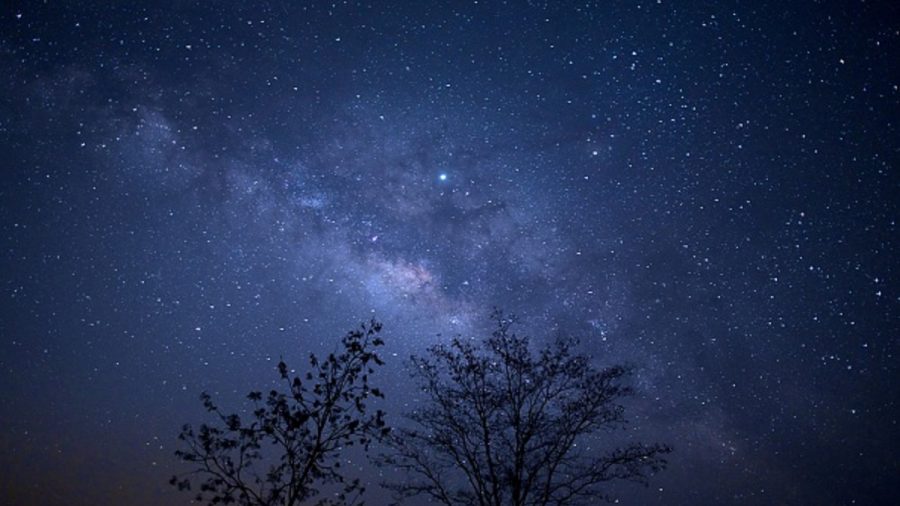Most meteorites that land on the earth are from within the solar system, but scientists have found one particular meteorite in Antarctica that is different.
According to Live Science, this meteorite in Antarctica was found to have a speck of stardust embedded inside, but the type of stardust is ancient—perhaps even older than our own sun. The materials appears to have been thrown into space by means of a star explosion and has since gravitated over from an ancient neighboring celestial system—one that predates our own solar system.
This speck of Stardust is very, very tiny; perhaps 1/25,000 of an inch and presents itself in a crescent shape. However, what the scientists are excited about is that this speck of stardust could very well tell humans something about the universe from millions and millions of light years ago.
Scientists have been able to, using various types of microscopes, study certain details of the speck of stardust. They found that the speck of stardust is made up of a mixture of graphite—a type of carbon—and silicate—a type of salt that is made from a mixture of silicon and oxygen. After noting down what they saw, the scientists compared their findings with other compositional models, and concluded that the speck likely came from a star explosion—specifically a type of explosion called a nova.
“Nova explosions happen in the exchange of energy between an ordinary star and a white dwarf, a star that has burned off most of its nuclear fuel,” the Live Science article read. “The white dwarf feeds off the other star, accreting enough new material to reignite itself in power bursts that spew material into space.”
“These stardust grains are like fossilized relics of ancient stars,” Tom Zega told Live Science. Zega, an associate professor in the Lunar and Planetary Laboratory at the University of Arizona, also said that researchers know that this piece of stardust must have traveled from far away due to its very specific isotopes of carbon—carton 13—that is present in very high levels. Carbon-13 is not found in high abundance within our solar system.
According to Daily Galaxy, the finding could reveal more details to us a out how our entire solar system was formed. Although the speck is too small to date, researchers estimate that based on observations and comparisons with other data, this piece of stardust could be at least 4.5 billion years old, which is around the time when our solar system was formed.
“These are the ashes of different kinds of stars that have faded or are on their way to fading out of the universe,” Zega told Live Science. “Moreover, because we find them preserved inside of meteorites and because we can age date meteorites using radioisotopes, we know they must be older than the meteorite itself.”
In addition, he said that meteorites like the one found in Antarctica were primitive, and were among the pieces of material left after everything like the sun and the planets was formed.
“If we could date these objects someday, we could get a better idea of what our galaxy looked like in our region and what triggered the formation of the solar system,” Zega said. “Perhaps we owe our existence to a nearby supernova explosion, compressing clouds of gas and dust with its shockwave, igniting stars and creating stellar nurseries, similar to what we see in Hubble’s famous ‘Pillars of Creation’ picture.”
Zega said that he would like to locate and analyze any other pieces of meteorites that might have similar materials, which might help give more insight as to when and how the solar system came to be.


